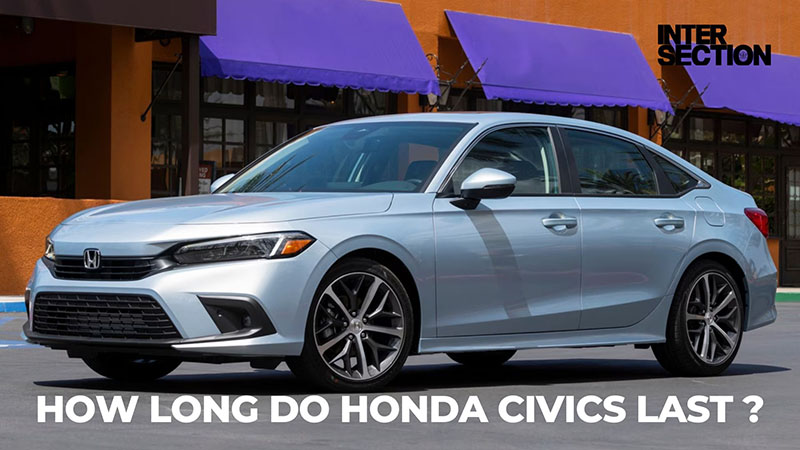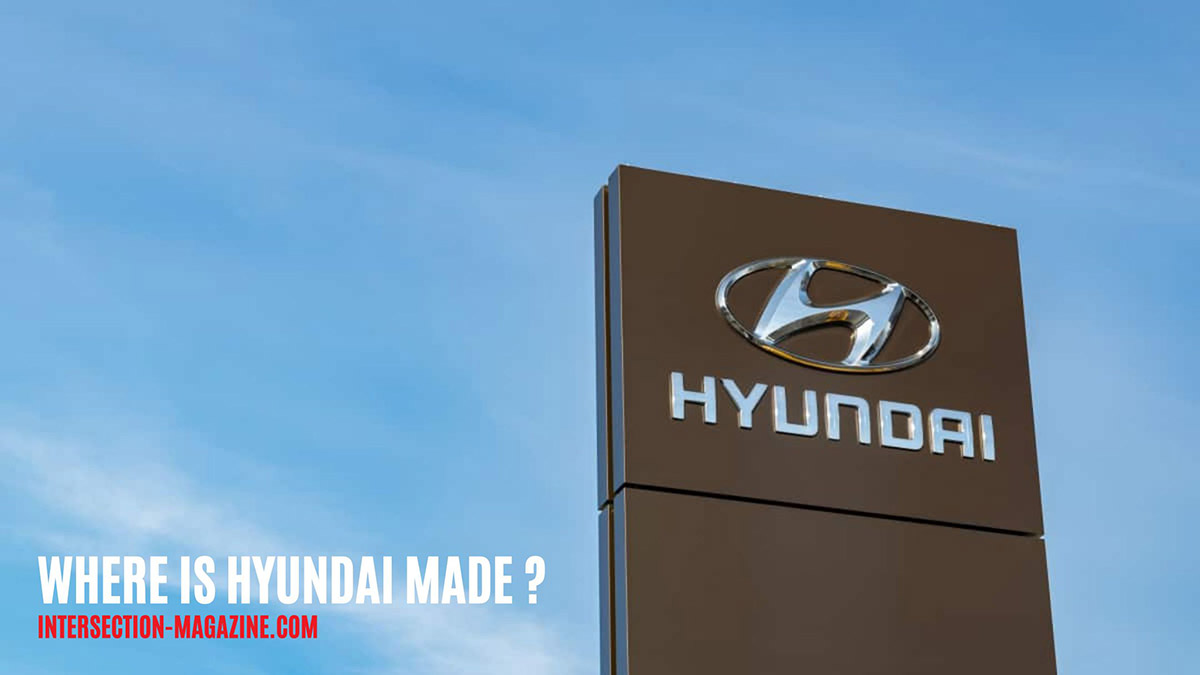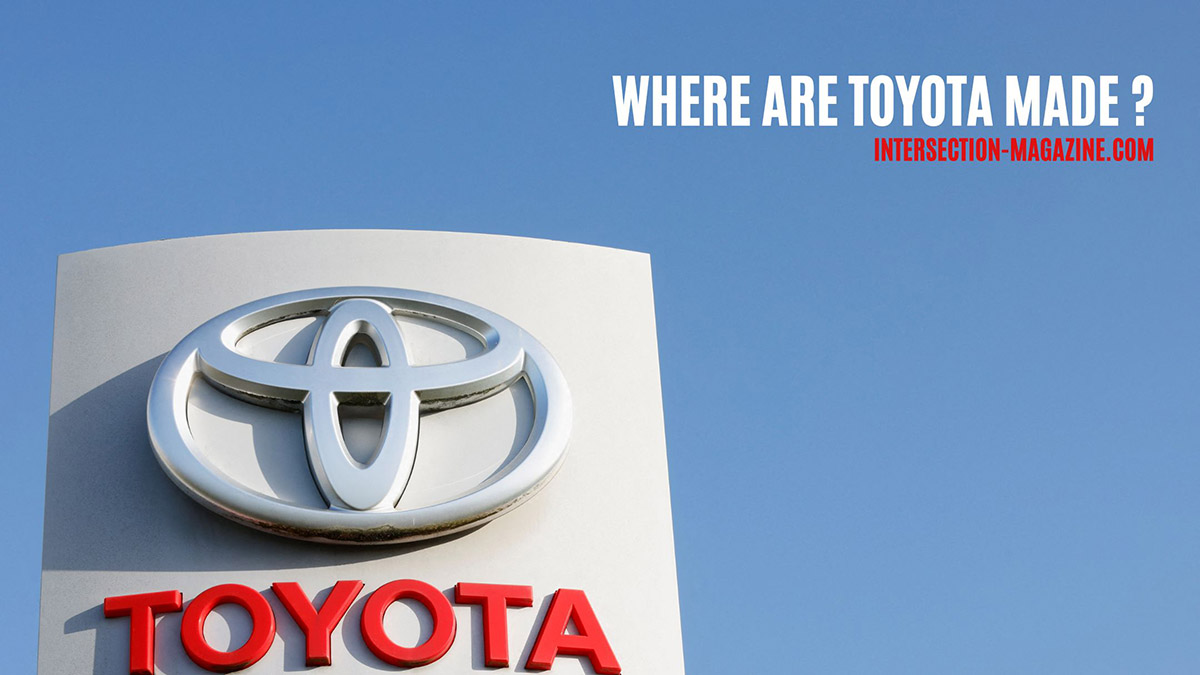Honda Civic is another successful milestone in the history of Honda’s car production, selling like hotcakes with its spacious interiors, rough road prowess, and rave engine performance. As such, people are unsurprised it can last long – but how long, exactly?
My article discusses all there is to know about the lifespan of Honda Civic; stay tuned!
How Many Miles Can A Honda Civic Last?
A Honda Civic can go 150,000-200,000 miles on average. With proper maintenance, it can even last 300,000 miles before its eventual breakdown. Since the annual mileage among average drivers is roughly 13,000 miles, the number translates to 20 years or more.
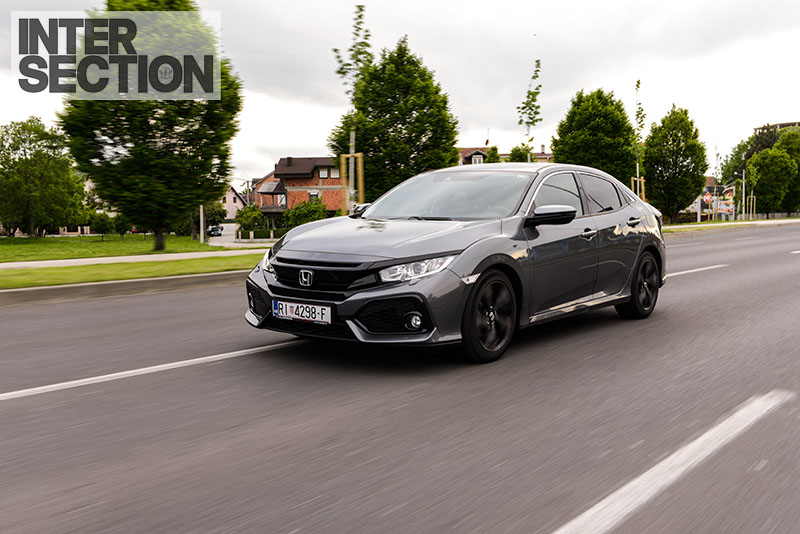
The Honda Civic Life Expectancy
Several reported driving tests also support drivers’ claims regarding Civic’s lifespan: In 2019, the car was listed as one of the world’s longest-lasting four-wheels to pass 200,000+ miles. More than 2% of sold Honda Civics models managed that feat, double the market’s average of less than 1%.
The lifespan of each base model component is as follows:
- Brakes: 30,000 – 60,000 miles
- Tires: Likewise, 30,000 – 60,000 miles
- Transmission: 120,000 – 180,000 miles
- Spark plugs: 100,000 miles (maximum)
The Average Lifespan of A Honda Civic Compared to Other Cars
In general, most other cars are either comparable to Civics or fail short of the mileage standards Civics has set, which further proves Civics’ undisputed quality and popularity.
a. Toyota Corolla
Given proper maintenance and regular service, Toyota Corolla is expected to last 300,000 miles. Durable and reliable, it shares lots of traits found in the Civic – such as fuel efficiency and driving comfort – a great alternative if the Honda Civic is not affordable for you.
b. Ford Focus
Under proper care, the Ford Focus mileage could land somewhere between 200,000 miles and 250,000 miles.
Still, as per iSeeCars reports, only about 1.5% of sold Ford models can graze the 200,000-mile mark. Whether yours does (if you buy one) remains uncertain.
c. Hyundai Elantra
Good driving habits and frequent upkeep raise the Hyundai Elantra mileage to 150,000-250,000 miles.
How about the 300,000-mile mark, like Honda Civic? While that is not an entirely impossible scenario, seeing a Hyundai Elantra reach 300,000 miles is still quite rare.
Common Problems That Might Affect Honda Civic Mileage Life
Honda Civic is not without issues, as it faces complaints about airbag lights, vibration/ rattle due to engine mounts, malfunctioning power window switches, cracked engine blocks, and faulty transmission.
Illuminated Airbag Light
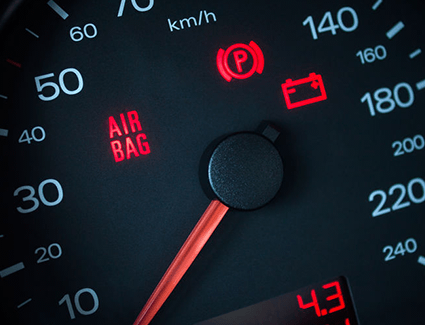
One of the most mentioned Civic issues in customer reports is illuminated airbag lights due to failed position sensors. To have the issue punctually fixed, most Civic owners had to replace the entire defective sensors.
Thankfully, Honda eventually recalled all models affected by the issue (1996 and 2001-2016). That means the brand will cover the entire replacement costs for you, though you should still expect to pay $88 to $111 for the problem diagnosis at auto shops.
Rattle, Roughness, and Vibration Due to Engine Mounts
Another problem to look out for is the Civic’s engine mount, whose lackluster installation may cause rattling, roughness, and vibration, especially when the car is placed in reverse or during high-speed driving.
Most of the time, replacements for the mounts will solve the problem. That does not stop customers from filing complaints against the brand, though.
Possible Failure of The Power Window Switch
Daily drivers should also keep an eye out for potentially defective switches, which keep the window from properly closing and opening.
The issue also seems quite erratic: at times, customers report the switch failing for no reason and mysteriously resolving itself only a few hours later. Pressing the switch with greater force than is usually required will likely re-activate its mechanism, as well.
On another note, when taking your car to the service center, ask the technician to verify it is truly the switch that’s at fault (and not the window motor). That way, you can save yourself from unnecessary repairs and replacements.
Cracked Engine Blocks
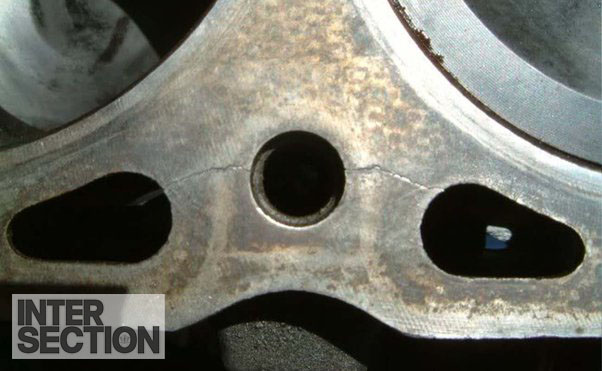
Engine blocks were prevalent in earlier Civic models, manifesting themselves in some common symptoms such as:
- Excessive exhaust smoke
- Frozen coolant
- Antifreeze or oil discoloration
- Engine overheating
- Oil or coolant leakage
Some repair shops chose to weld the cracks sealed or glue them with high-quality sealants. Still, the quickest and most common alternative method is simply swapping the current engine block with a new one. If the latter suits you better, expect to spend about $3,000.
Transmission Failure
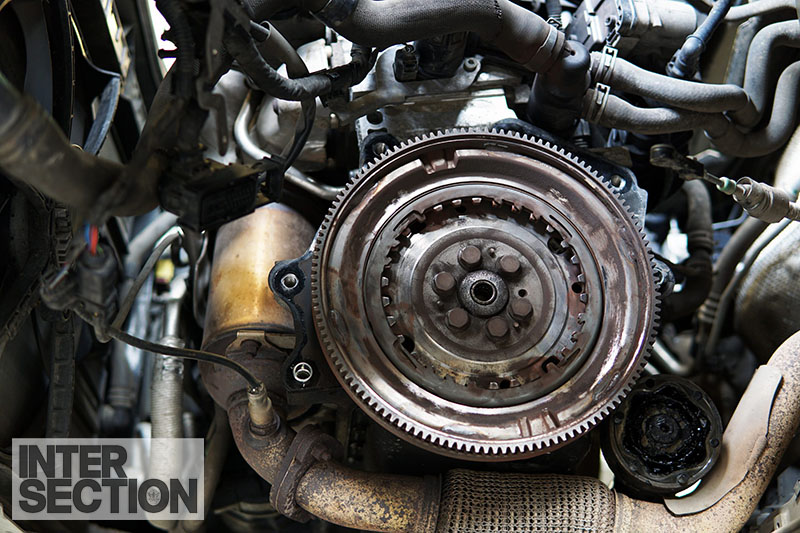
Common complaints regarding the car’s transmission include airbags, suspensions, seatbelts, interior accessories, and engine issues. To spot the issue on time, watch out for the following bad transmission signals:
- Dragging clutch
- Grinding and shaking
- Burning smell/leaking transmission fluid
- Slipping gears
- Difficulty in gearshifts/switches
- Loud noises in neutral park mode
Transmission replacement or rebuild might cost you about $2300.
And most importantly, do not keep riding your car when it is suspected of encountering transmission issues; such reckless moves might lead to a total engine wreck. Only resume your driving when the problem is already diagnosed – or even better, fixed.
What Are The Best and Worst Honda Civic Years?
2006, 2010, and 2016-2021 are must-have models: their reliability ratings are the epitome of Honda Civic’s reputation and expertise. But stay far away from 2001, 2003-2005, 2009, and 2011 Civics.
1. The Best Years
2006
Thanks to its great fuel economy (roughly 30 to 40 mpg, beyond the market’s average at the time), Honda Civic 2006 is a great trade for better performance and increased reliability. Its upfront cost is also within the budget.
2010
2010 Civic enjoys the best design consistency and stability, which contributes a lot to its low repair risks. Surveys from Fixdapp reveal that the car only suffers a 38% likelihood of pricey average repair costs (beyond $500).
The most common issue with the 2010 Civic is brake work – which, come to think of it, is more like a matter of maintenance than an actual technical issue.
2016 to 2021
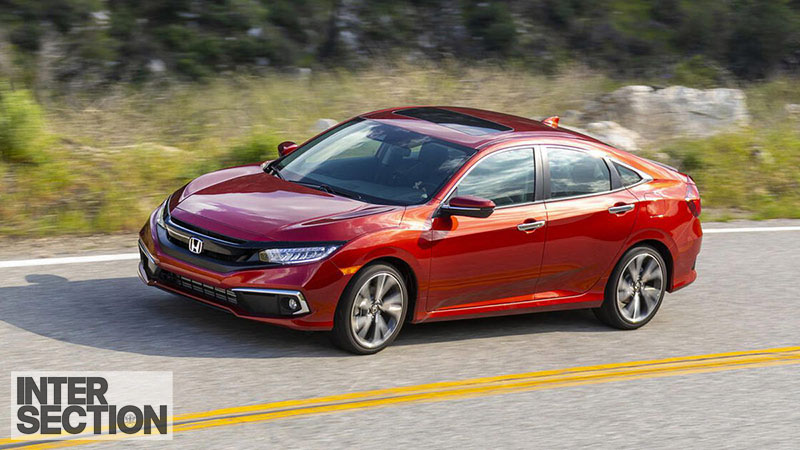
Here comes the golden era of the Honda Civic, as the brand keeps churning out one good model after another. Their fuel economy and reliability are consistent and impressive, all thanks to the peppy engine, upscale interior, and pleasant cornering.
2. The Worst Years
2001
2001 no doubt seizes the crown as the worst Civic on regular streets. The model received repeated complaints/call-outs for exhaust system issues and transmission failure.
2003 to 2005
The 2003-2005 line results from Honda’s reckless decision to join the hybrid trend. As the hybrid battery technologies were relatively new then, they went down with numerous charge/running time issues, which shortened their lifespans to less than ten years.
2009 and 2011
Once again, Honda decided to return to Hybrid with its 2019 and 2011 models. Their batteries, thankfully, did not give out like the 2003-2005 disasters, though they were still criticized for terrible wheel systems and interior designs.
How to Extend Honda Civic’s Lifespan?
Remember these tips to keep your Honda Civic running for decades:
- Study the manual to familiarize yourself with Civic’s specs, recommendations, and usage tips
- Change its oil regularly for optimal performance. Not to mention, you can sidestep costly repairs and possible accidents.
- Wash the vehicle regularly (at least once a month) to protect it from harmful dirt, rust buildups, substances, etc.
- Park the Civic in shades; keep the interiors from heat and UV rays
- Always monitor the tire’s pressure/inflation
- Drive smart. Stay from aggressive driving – especially in harsh climates – to minimize premature wear.
- Avoid traffic and short trips. Frequent stop-go situations accelerate the tear and wear. So combine trips if possible.
Is A Honda Civic Expensive to Maintain?
No. It is surprisingly low-costed. Yearly, regular maintenance should cost you only about $368.
Price fluctuations are expected across different states and regions, but that is already a huge bargain for Civic drivers compared to other luxury brands.
Conclusion
The exact mileage of a well-maintained Honda Civic heavily depends on your driving habit and maintenance schedule. There are also some models more prone to failure than others, so steer clear from them. Keep in mind the extra tips for extended lifespans, and send me messages if anything seems unclear.
See more:

